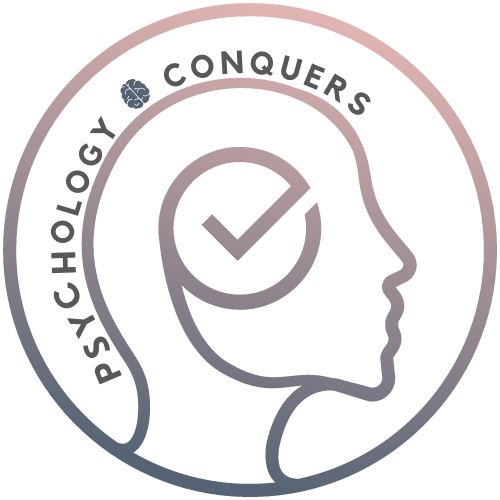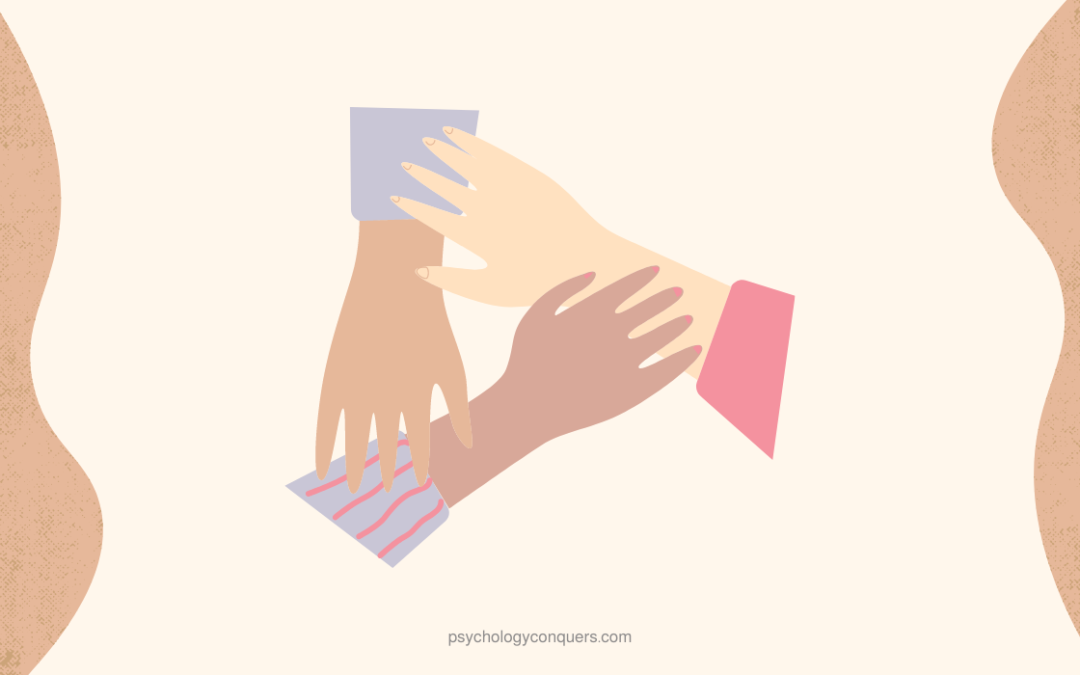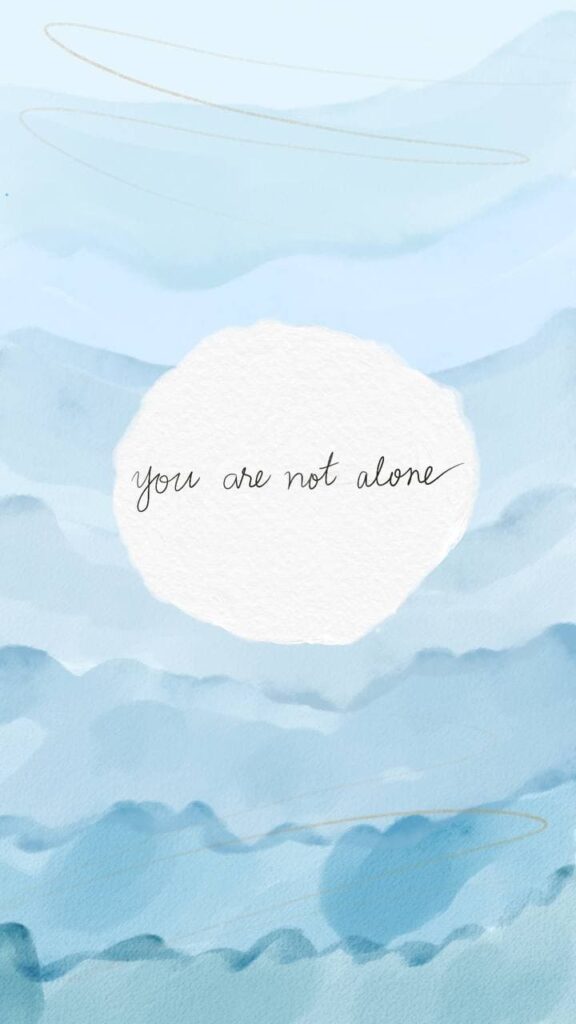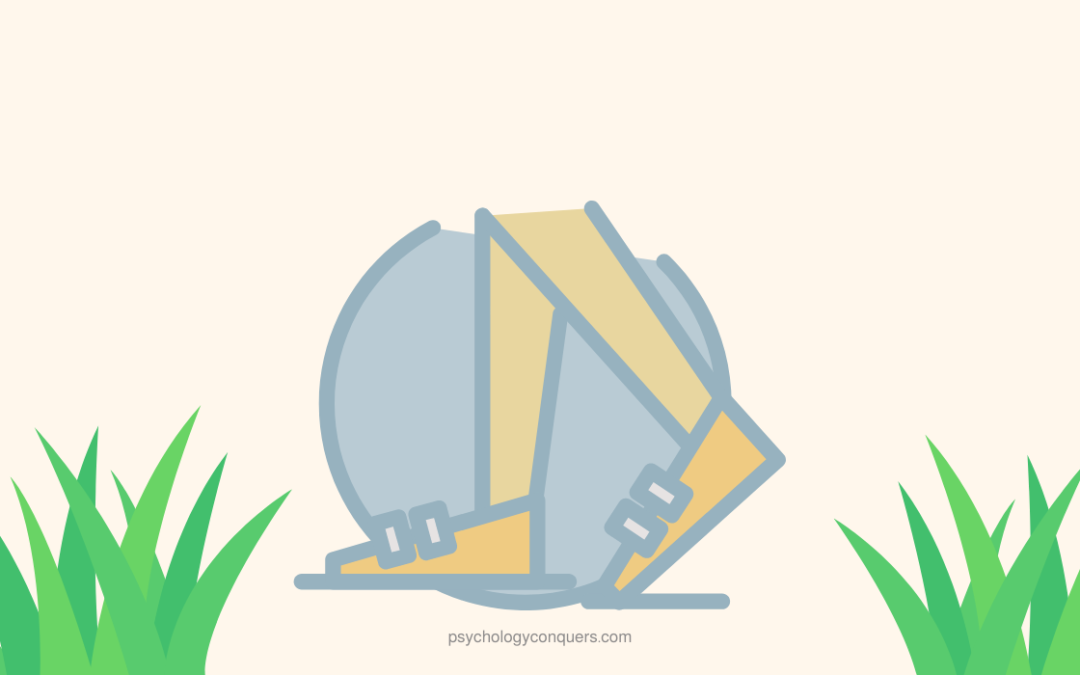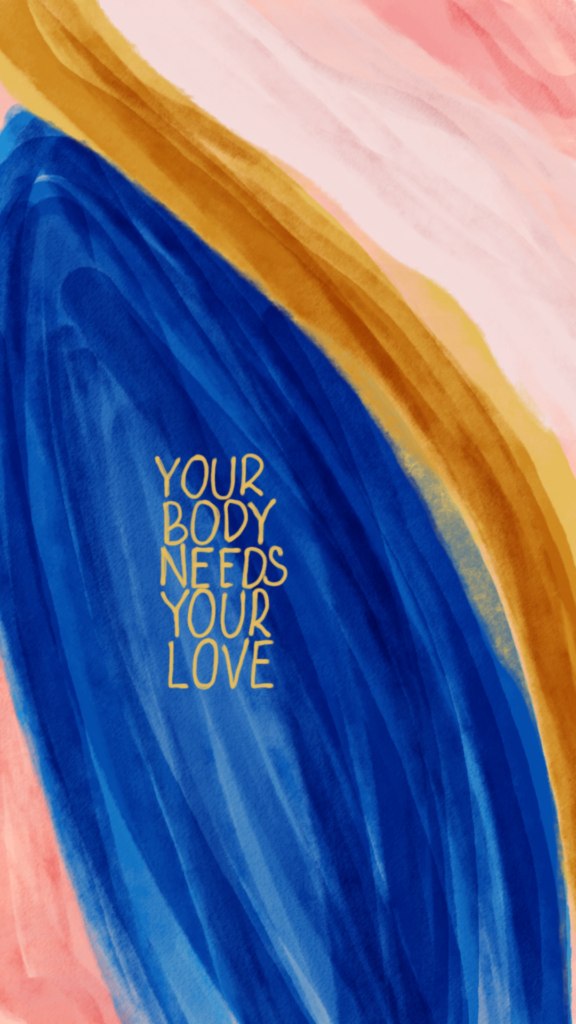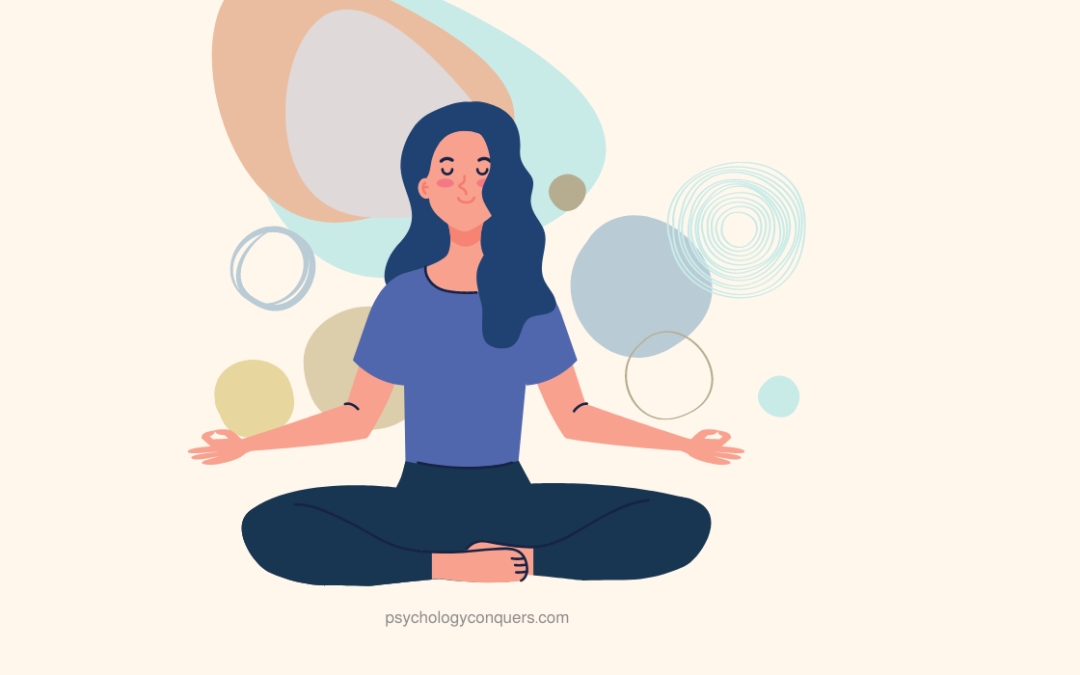How to Be Resilient
The most recent experience that challenged my resilience was this pandemic. I think everyone I know, including you, had to cope up with this situation. Everyone is experiencing this for the first time – even doctors and government leaders.
It was hard to respond and move forward seeing the news, knowing the cases kept rising. But, it felt like there was no end to it, especially during the first quarter of 2020.
I remember the first few weeks of the pandemic. I was in my room, crying. All the cancelled plans, dates, and goals I had for 2020 seemed to vanish. The emotional and mental effects of it were my greatest struggles. I had hormonal imbalances that led me to have difficulty living my everyday life.
I experienced depression, not the clinical one, but more of sadness, loneliness and, isolation. I felt uncertain, and that brought fear to my heart. I was trying to control things yet, I couldn’t. There was helplessness and hopelessness. I kept asking if this would ever going to end.
I’m not sure if someone can relate to me. Maybe you’ve felt this too, not from the pandemic, but from losing a loved one, getting sick, breakups, failures, or whatever struggle that brought you down to your knees.
But if you are still reading this today, that means you never gave up. That means you are still alive. We are humans. We break, we fail. But waking up and trying again, that’s what makes us stronger. That’s what makes us resilient amid the number of challenges and difficulties we face in life.
What is Resilience?
Psychologists have defined resilience as a process where an individual can cope up well over time with life-altering and frustrating situations like a severe illness, accident, death of a loved one, financial stress, workplace conflict, etc.
In simple terms, resilience is bouncing back from the hardship that comes your way. It’s a chance to experience personal growth and greater insight. Challenges that come to you aren’t always easy. It can cause you a lot of heartbreaks and anxiety and can even cause your mental health. But having resilience means using these setbacks to continue living. It gives you the chance to empower yourself and use what you’ve learned to help you bounce back.
What Does a Resilient Person Do?
They practice acceptance
Acceptance might seem easy, but it’s not.
It’s hard to accept when something terrible happens to you.
It’s hard to accept when you lose a loved one.
It’s hard to accept when you lose a job or when your business is failing.
It’s hard to accept when things are not going your way.
It’s hard to accept when challenges keep on pouring in.
Resilient people are the ones who accept their situation. That doesn’t mean that they let other people step on them. But they don’t focus on the past anymore. They get what is, and they think of actions that they can do.
They help themselves
It’s easy to blame people and circumstances when something terrible happens. That makes it easier to be less responsible. But, of course, I am not saying that it is your fault that things happened to you. We can’t control things. But in this context, I am talking about things that you can control: your attitude, your perspective, your choice whether you’ll move on from this or not.
Resilient people will find a way to take responsibility and help themselves after going through a tragic moment in their life. It could simply be getting 15 minutes early in the morning to meditate and be mindful. It could be asking help from a doctor. It could be planning on how to get back on their business or work.
Resilient people could feel they’re stuck for a while, but they know that doesn’t fully define their life.
They look ahead
Dwelling in the past can sometimes block you from moving ahead. It keeps you chained. It makes you ruminate. Resilience doesn’t mean forgetting what happened to you, but it means not letting the thing of the past hold you. Rather, you look forward to seeing possibilities and what’s next for you.
They know their thoughts are just thoughts.
It’s easy to get swayed by the numerous thoughts we have throughout the day. When something bad happened to you, as humans, we tend to go back and tried to figure out what went wrong, and we started telling ourselves that we should’ve done this or that.
Our thoughts would be up in our head telling us different things. It can also become a negative voice sabotaging us. But resilient people know that their thoughts are just thoughts unless they give power over it.
They focus on the truth
As challenges come your way, you can create these labels: defeated, failure, it’s too late for me, nothing’s going to change, this is all I’m ever going to be, etc. But those who are resilient focus on their truth and that is: it’s not too late. I failed but not a failure. I am capable of changing my present circumstances. I am not what I experienced yesterday. I am powerful. I have the set of skills to change this.
They let go of the victim mentality.
When bad things happen, we can easily adapt that victim mentality. A victim mentality says “poor me”. You can give yourself a specific time to feel that pain and sadness. That is totally okay. But victim mentality means you’re just letting yourself become the product of your circumstance.
When you have this mentality, you think that people are always going to take advantage of you. People are always going to do something bad towards you. Or you might even think that you’ll always be a loser. Your present moment now is your responsibility and yours alone.
They choose to grow.
Resilient people would use what happened to them to push them to become more empowered. They would choose to grow and see this as a chance to be stronger mentally, physically and mentally. Again, there are things that we can’t change immediately, but challenges could be a foundation to make us appreciate life, for us to learn lessons we have never learned before.
They ask for support when needed
Asking for support can sometimes be considered as a weakness by some, but it’s not. It’s actually courageous for someone to step back and know that you need help. This could mean seeing a therapist, an accountability, a coach etc. That doesn’t make you weak. It’s one of the steps that would help you bounce back.
You don’t have to feel bad If you feel like all the above character traits aren’t applicable or you’re still in the process of becoming that person. Having these traits doesn’t mean you have to have it all together. To make it simple and easy for you, here are some practices or guide that can help you build Resilience.
How to Build Resilience
Change the narrative
Have you ever heard of the phrase, find the silver lining? It basically means when you’ve faced a difficult situation in your life, you search for the good thing thus, finding the silver lining. In a study made in 2014, researchers found out that doing this practice helped individuals feel less depressed and improved someone’s wellbeing. The practice is simple.
How to practice:
- Look at your life and list 5 things that make it enjoyable, enriching or worthwhile. For example, being able to sleep in a comfy bed, being healthy, or having the resources to stay healthy.
- Look back on an event where you felt frustrated, or it didn’t go as plan. Describe the situation briefly and then write 3 things on how you can look at it on a positive way.
- Do this in the next three weeks.
This practice helps you to change the narrative of what happened. Most of us, when negative things happen, we go back to it from time to time thinking of the different alternatives that could’ve happen. However, this just hampers you to look ahead.
Changing the narrative means looking at the positive side no matter how bad it is. It brings you feelings of hope and expectancy that the bad situations don’t necessarily mean that it’s permanent.
Practice Self-compassion
Self-compassion is how you act towards a friend who comes to you when they are struggling or experienced a difficult time.
Can you remember a time when a friend comes to you when they were in pain or hurting? What was your action towards them?
Being compassionate means you understand the suffering of others and have that motivation to help and reach out to that person. Practicing compassion towards yourself means being accepting of what you’re going through without criticizing yourself or putting yourself down.
How to practice:
- When you’re feeling a negative emotion or you’re having difficulty, pause and take a few minutes to recognize and acknowledge that emotion. You can say, “Right now, there is a feeling of _____ (sadness, pain, depression, loss, anger, etc.).
- Identify all the emotions you can observe. Don’t rush this process. As you are acknowledging those feelings, put your hand on your heart. This activates oxytocin – the hormone that is for safety and trust. Then you can say kind phrases towards yourself such as:
- I accept my emotions as it is. I know it’s just trying to protect me.
- I accept myself for what it is feeling right now.
- I accept this present moment as it is.
- I am showing up for myself.
These phrases don’t need to be the exact words, but it can be something that sounds like this. The important thing with self-compassion is you can accept yourself, your emotions, where you’re at, and show up for yourself.
Practice meditation
Meditation comes in different forms. There are apps like Calm and Headspace where you can practice this every day. It doesn’t need to be long. You can meditate for three, five, 10, 15 or 20 minutes. You can also do unguided meditation where you just focus on your breath and sit in silence.
How to practice:
- Sit still inside a quiet room. Focus on your breathing.
- Inhale through your nose. Exhale through your mouth.
- Check if there’s any tension in your body and try to release that tension by relaxing the muscles.
- You can do this for three minutes or more.
Meditation cultivates awareness of the present moment. Instead of going back to the past or being eager to figure out the future, you become still. This helps in letting go of thoughts and being able to hold which thoughts are helpful and not.
Find a sense of purpose
Purpose will make you resilient because that is what will push you through when you’re feeling demotivated, lost, tired, or exhausted. Remember the time when you failed at something? What anchored you to keep on going? It could be a goal in mind or a dream you’ve always wanted. That thing should always be close to your heart and will make you grounded when things are tough.
How to practice:
- Get a notebook or your journal
- Try to draw a mind map of what you love doing, what you’re passionate about
- In the center, you can put “passion” and then from there, try to write the things you love doing.
- And for every passion, you can put stems of why you love doing it.
Strengthen your skills and Take Action
When you feel like you are in the bottom, it’s easy to feel out of control. When something terrible happened, it’s easy to feel that there’s nothing you can do. But you can try to look at the things that is within your control and from there decide which action to take. One of which is the skills you already have.
On the other hand, taking action doesn’t mean huge steps immediately, it could just be small steps that you are committed to doing consistently.
How to practice:
- Have an inventory of all the skills you have or the skills you want to develop.
- Write an action plan on how you can use more of those skills.
- That could be enrolling yourself in a class, practicing your drawing skills for an hour every day.
- This doesn’t have to be a massive action. Start small and be kind to yourself.
- Commit to it and track your calendar if you were able to do it every day.
An Encouraging Word for You
It’s always hard to recover from something tragic, from something bad that have happened to us. It’s always hard to stand up again when you feel like you are lost or you are confused. But that doesn’t mean it’s impossible. That doesn’t mean it’s not going to happen anymore. I believe that you have the power to be resilient and you have the strength to bounce back from any situation or heartbreak or heartache you have experienced. A step no matter how small it feels is still progress.
